Welcome to another social media case study. This month we found that quitting Facebook seems to be what the kids are into these days. Just 10% of teens claim it as a go to platform (but they love Instagram, so not all bad for Marvellous Mark and the FB bunch).
Last month, I argued that Facebook was a waste of time for marketing, but this month I got some good advice and managed to recover some organic reach. So, it is true, Facebook is hard to give up. Facebook, I wish I knew how to quit you.
Twitter is the other popular platform that teens hate. With just 3% of them claiming it as a go to. Which makes sense actually, Twitter is very much a platform for grown-ups only.
Twitter has been fun this month and I experimented with my Twitter copy and tried to get clever. Turns out clever is not necessarily better.
Breaking into Pinterest is not so good either. I did that too. I cleaned it up and started learning more about it.
Social media case study #1: Facebook’s back, back again.
I can’t seem to give up on Facebook, much as I’d like to. Facebook’s DAU numbers will always make it an attractive proposition, and we have 60k people on our pages. This is a decent enough sized audience to continue trying to engage with them. Reaching out via groups has proven successful, but it would be nice to use the page for more than a first line of contact.
Considering this I asked George, the Facebook ad maestro, if he had any quick-fire tips for improved organic reach. Spoiler alert: he did. His advice had me a little concerned about engagement baiting, and I was worried that my “new tactic” could be misconstrued.
George suggested asking questions, not asking for comments, but questions that would provoke responses from the audience. His examples were “Do you feel the same?”, “Do you have friends like this?” and so on. It seemed like sound advice.
I have tried it a number of times since. Our most recent video was, unfairly, ignored by most of the audience. Check out a video post with more dismal numbers than a losing lotto ticket.
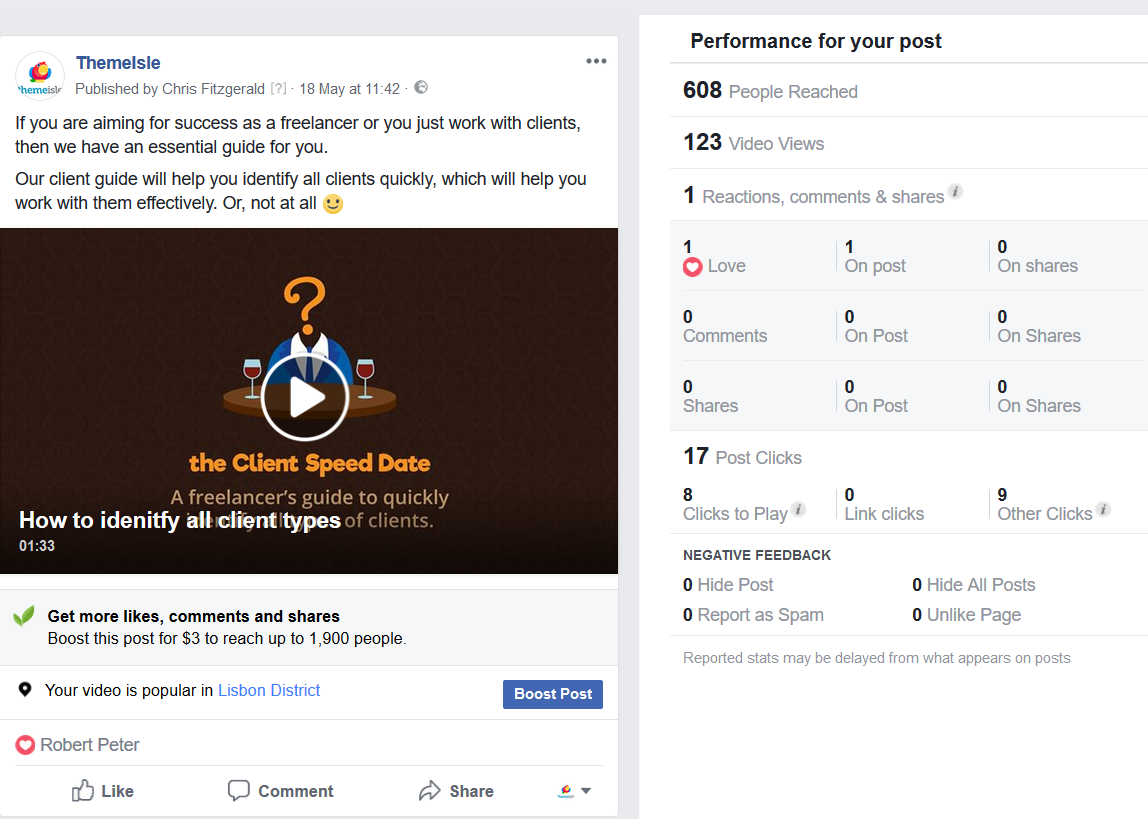
Just one reaction. From a teammate. The heart reaction on its own is pity/support/keep your chin up. Thanks, Robert.
Diagnosing this issue starts with the post text. It is not social, and the copy is bad. The good advice arrived a few days after the post. So, I grabbed some stills from the same video and made them into a single post. The results:
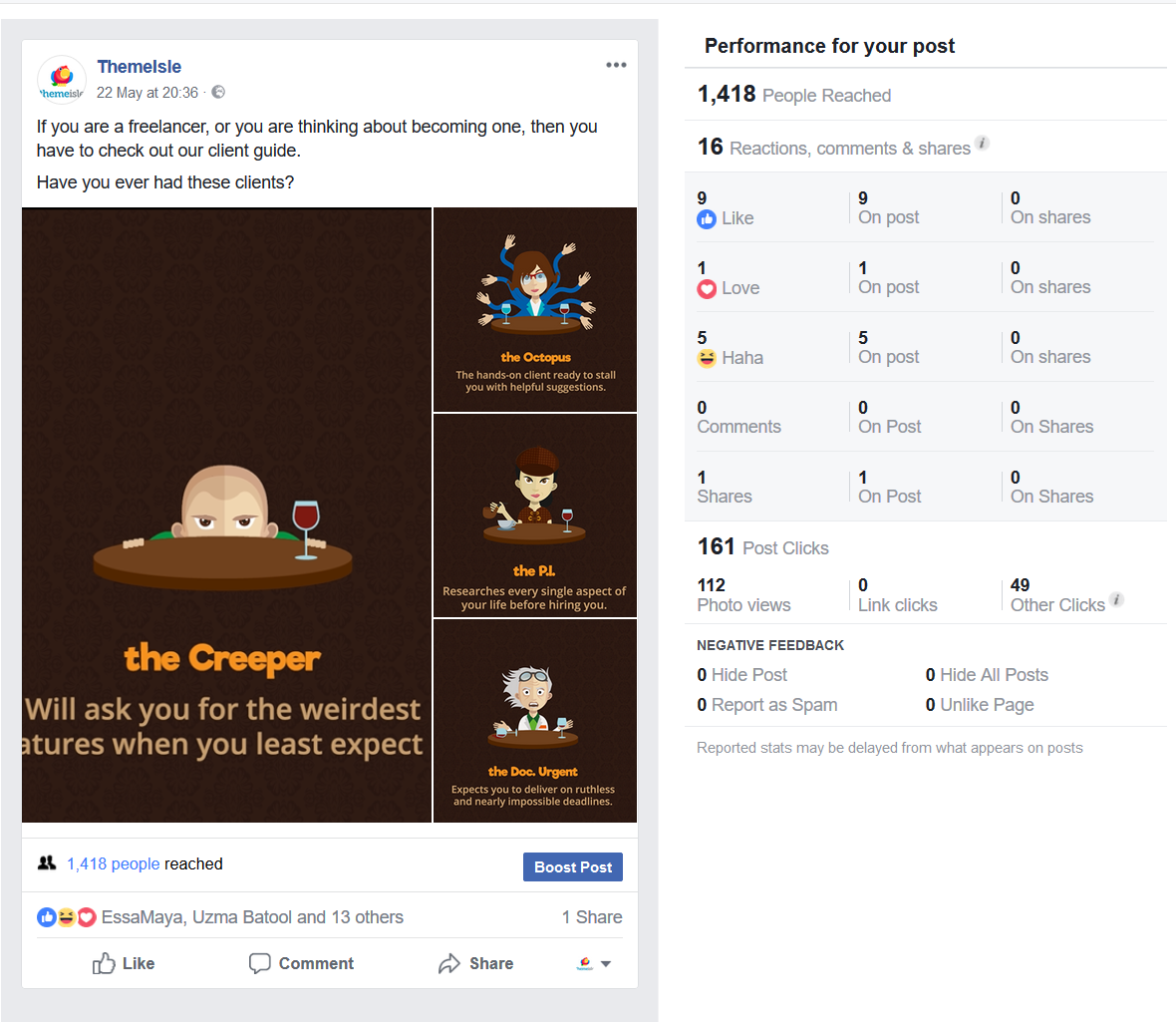
The copy is still not 100% on point, but it is closer to a successful format. The organic reach jumped up, and the people reacted more. I will tweak the copy yet again, and then re-post the video to see the impact. And, of course, I will continue using the tactic for interactions.
Social media case study #2: Twitter hashtags and copy
When I receive a good idea I really like to beat it into the ground. I have been giving more love to Twitter lately and playing with it a lot. I was inspired to try a few methods for a better strategy.
My first strategy was to promote some blog posts hard with tagging and clever copy. I have never been a big fan of tagging other users. This is the online equivalent of mentioning someone when they are in earshot. It feels needy and weird to me. I always assumed that good writing and images would help. The flaw with my thinking is that everyone agrees that I am not as clever as I think I am. So tagging and hashtagging it is then.
Depending on the hashtag I saw a pretty nice jump in impressions. I used a bunch of stills from our most recent video, they may look familiar, and hashtagged them for web designers or freelancers. Even with a spelling mistake, we reached 50% of our followers.
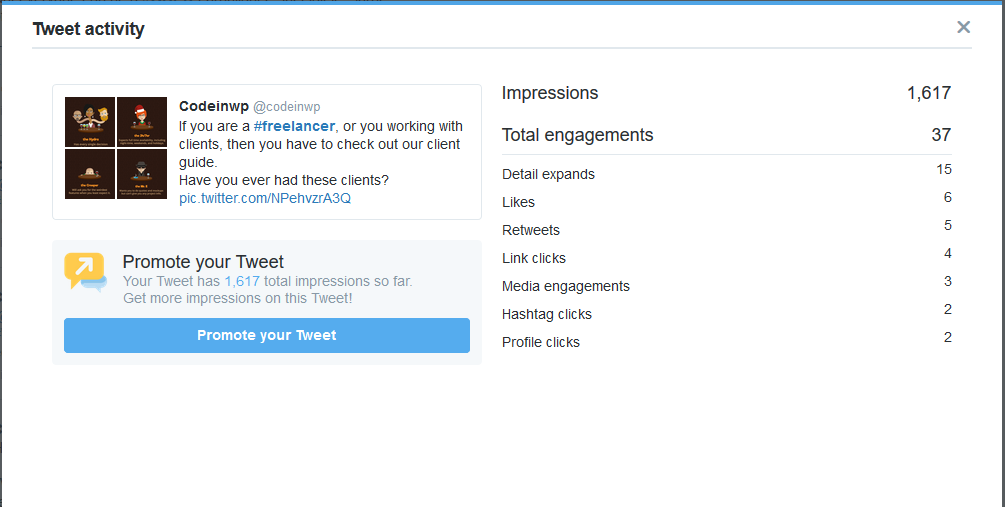
When I targeted the same images at web designers I saw a massive drop.
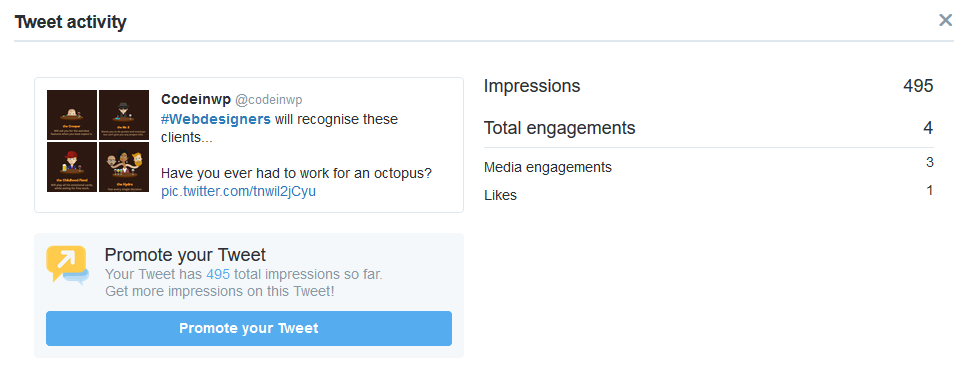
I also feel that the line about the octopus was a mistake here. “Have you ever had these clients?” is infinitely more social. The Octopus character can’t be seen in the clutch of images, and so the reader has no frame of reference and the line makes no sense. In any offline social situation the octopus comment would be greeted with befuddlement.
The octopus will become my catchphrase for catching weak and abstract copy. I swear, 87% of my problems are related to an irrational belief that I’m pretty clever. I look back over my tweets and see the creative copy and I shudder. Like every month.
This month was all about the GDPR regulations. Not sure if you heard anything about it? We had two solid blog articles on GDPR and the best approach for businesses to take. I wrote a couple of tweets with more ‘creative’ approaches. An Agony Aunt and a dialogue because I was sure they were so clever.
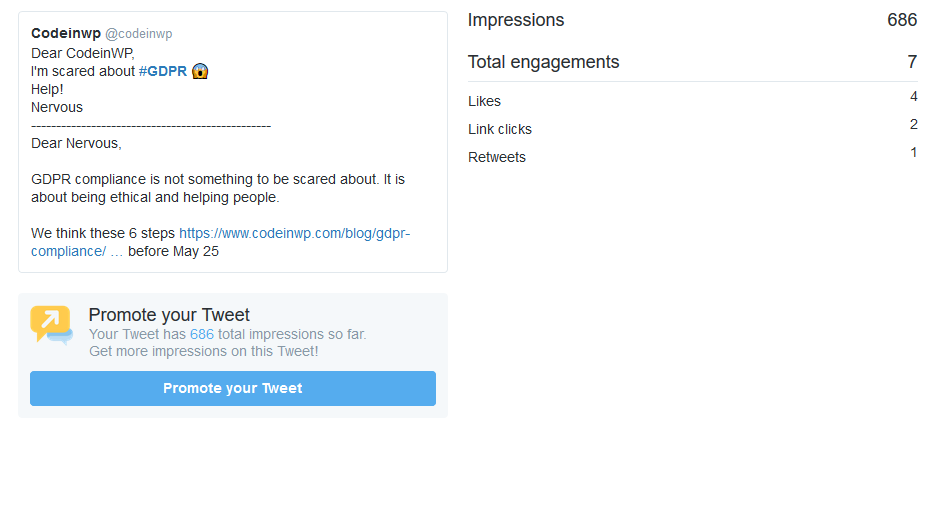
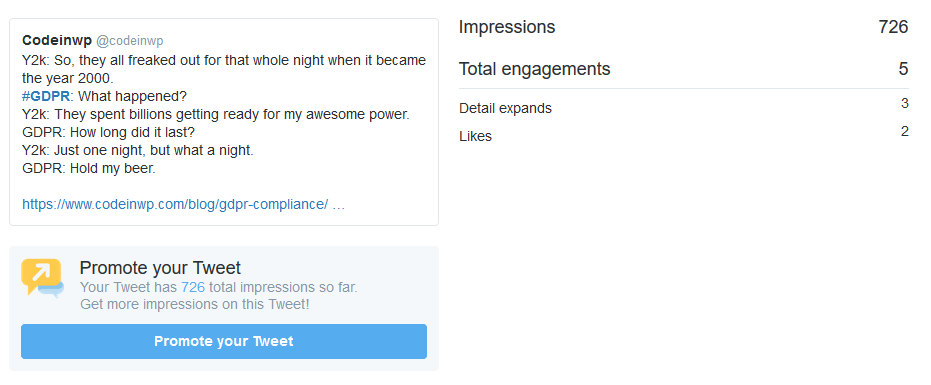
I wonder if a less clever approach would have fared better. I feel like impressions go up, but engagement is still lacking. It will be good to focus on this in the future.
Focusing on Twitter conversation means focusing on trends, right? For me, there are certain things I hate doing, and trendjacking is one of them. I feel like the potential for calamity is much, much higher. Finding the balance is tough, but this advice about crowbarring the brand into current events has helped. I think there is a way to work with trends.
Taking into account an updated Twitter strategy means I need to suck it up and just get more involved with popular hashtags. I got lucky with a beta tester role for Hashtagify, so I am monitoring the breakout hashtags for their potential to us. I have just applied the old social rule about religion and politics to my approach. Seriously, it just means being sensible and asking yourself questions before tweeting (ironically this is not the usual practice for Twitter). Do I really need to throw the company name into Pakistani politics? Probably not.
On the other hand, #StupidQuestionsForAliens is something we can have some fun with.
Social media case study #3: Pinterest
We are expanding into Pinterest with some of our more visually appealing content. Saved logins are killing me. I accidentally set up all of the CodeinWP comics on my personal Pinterest account. So, I need to migrate everything across to the company account. I also found that the stats aren’t large enough to give me much to work with yet. However, I can see a 3 fold increase for the vertical images.
This is not so surprising, I read that images outside the Pinterest parameters of 2:3 will either be cut off or distributed less. I can already see that this will have an impact on the distribution of our comics that tend to favor width over height.

The vertical infographics that I shared via ThemeIsle got better distribution, even without keyword optimization.

I spoke to our illustrator about reworking the comics into vertical arrangements, he was not overjoyed with the prospect. This tendency of social media sites to prefer different sizes really plays havoc with our illustrations. We have had some trouble getting the ratio right for web and social without losing too much quality.
This is an experiment in its early days, and it gives me a great idea of how to move forward. You can even see that the simple Canva graphic for “6 Free Blogging Sites” got good distribution over the video series on Elementor.
Social media case study #4: What is Mastadon?
I decided to play around with Mastadon since I have been putting it off for some time. Mastadon is a little (a lot) like Twitter, but it is open source and decentralized. There’s no advertising, data mining, or central authority. It currently has around 160,000 users.
Users are the central concern for Mastadon with 500 character limits on their posts (also known as Toots), granular content support and media warnings a part of every instance. The instances are the thousands of communities that comprise Mastadon. This means it is not a single platform housing communities, like Twitter, but a network of platforms (instances). You can see the similarities to Twitter below.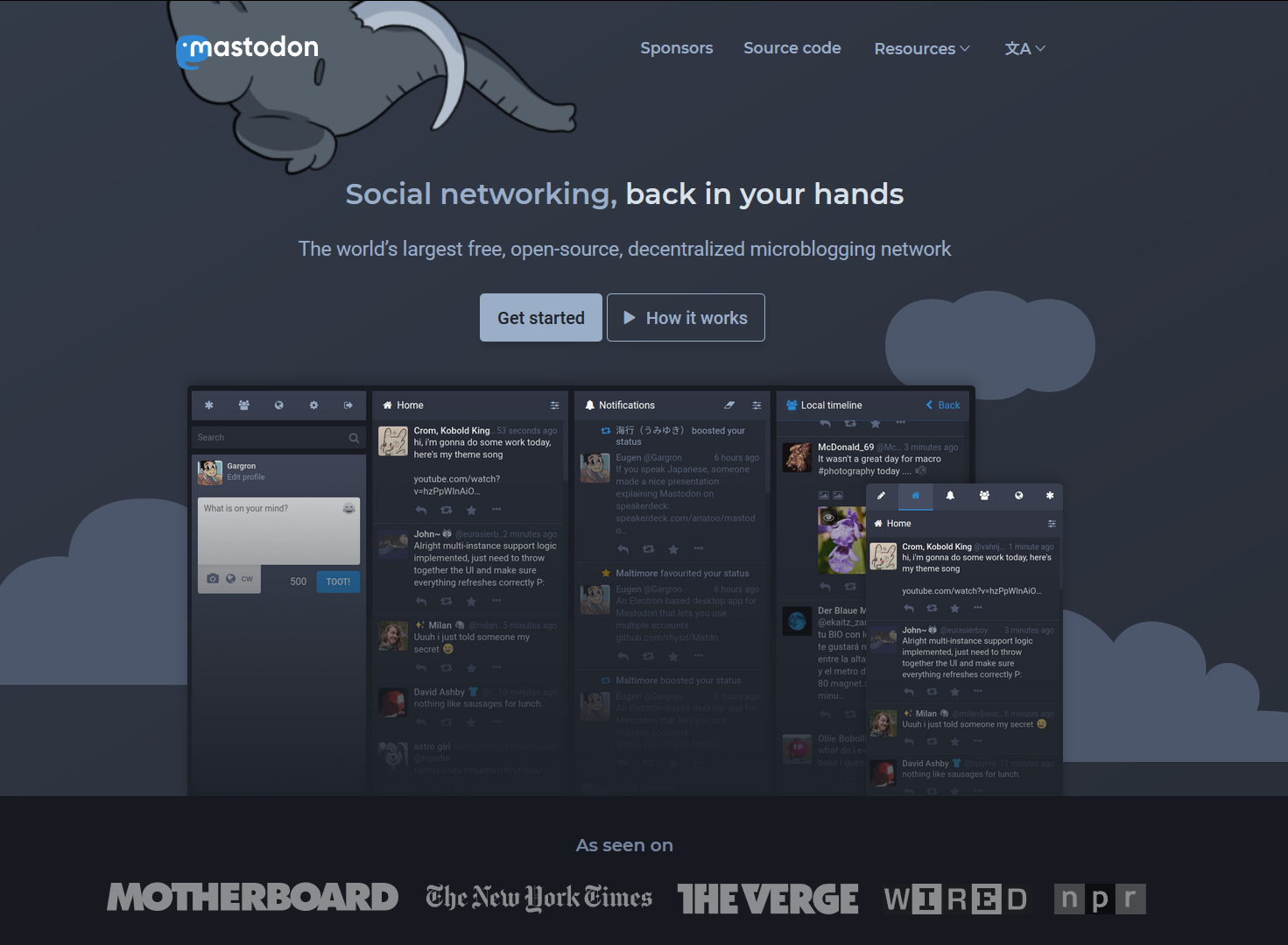
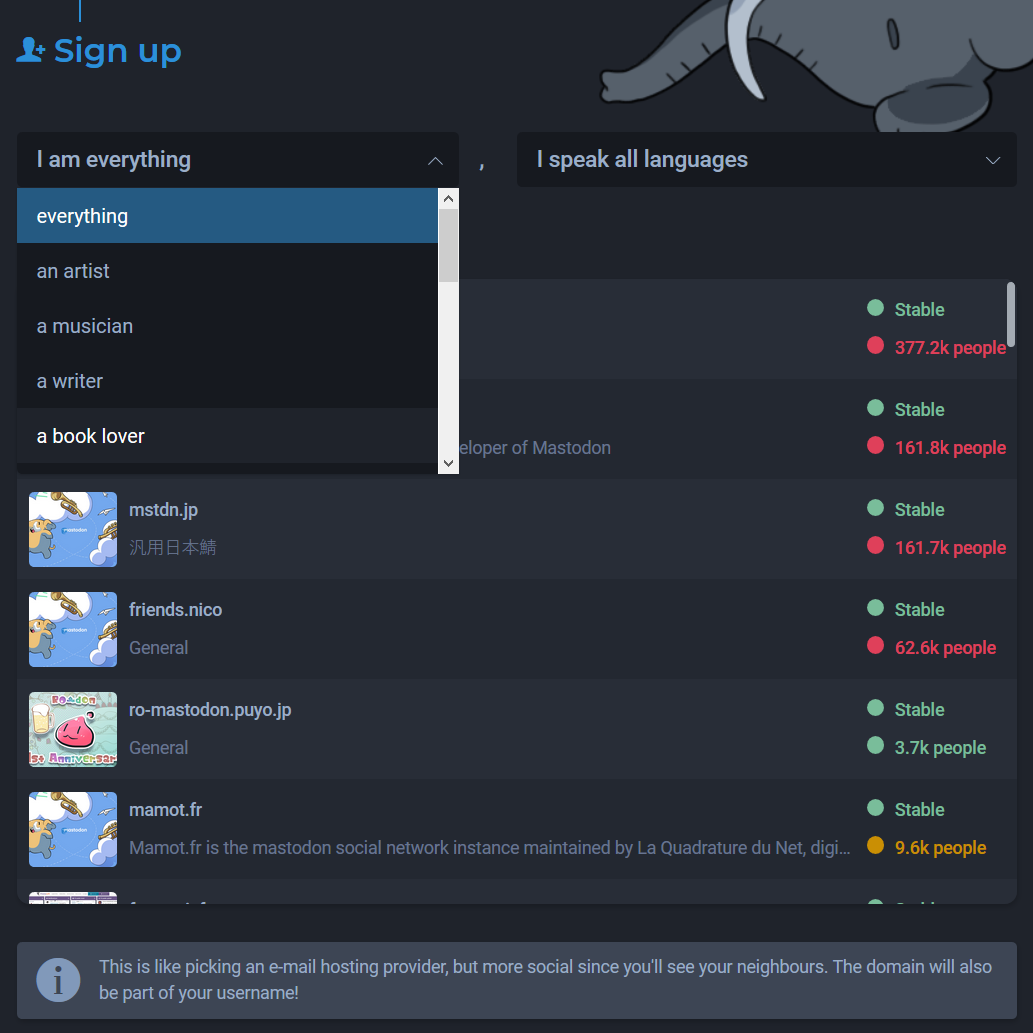
You can see the instances change when I select English as my spoken language.
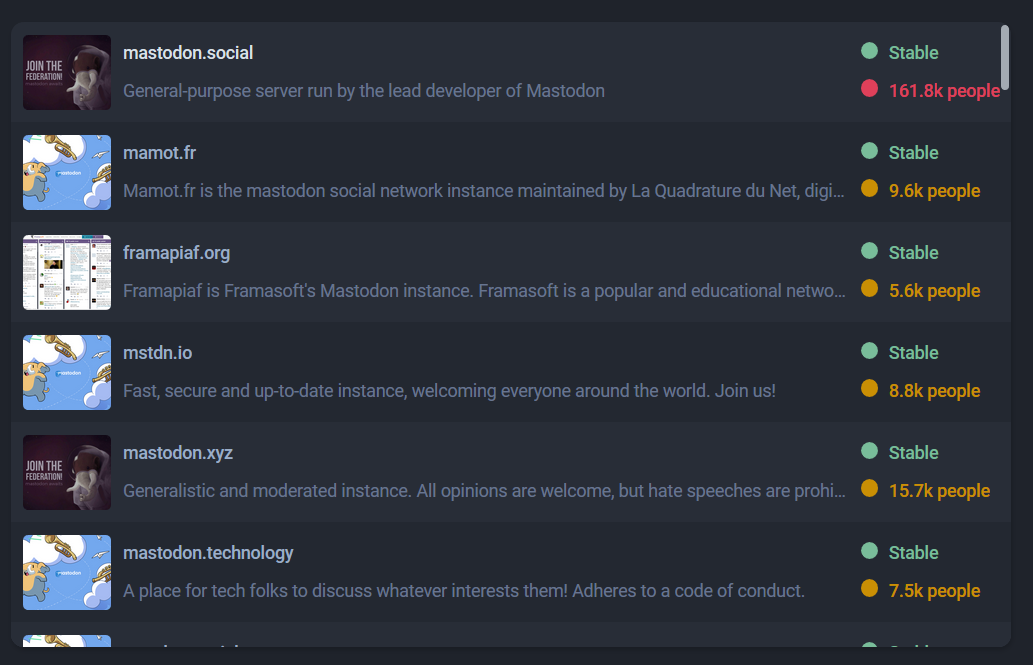
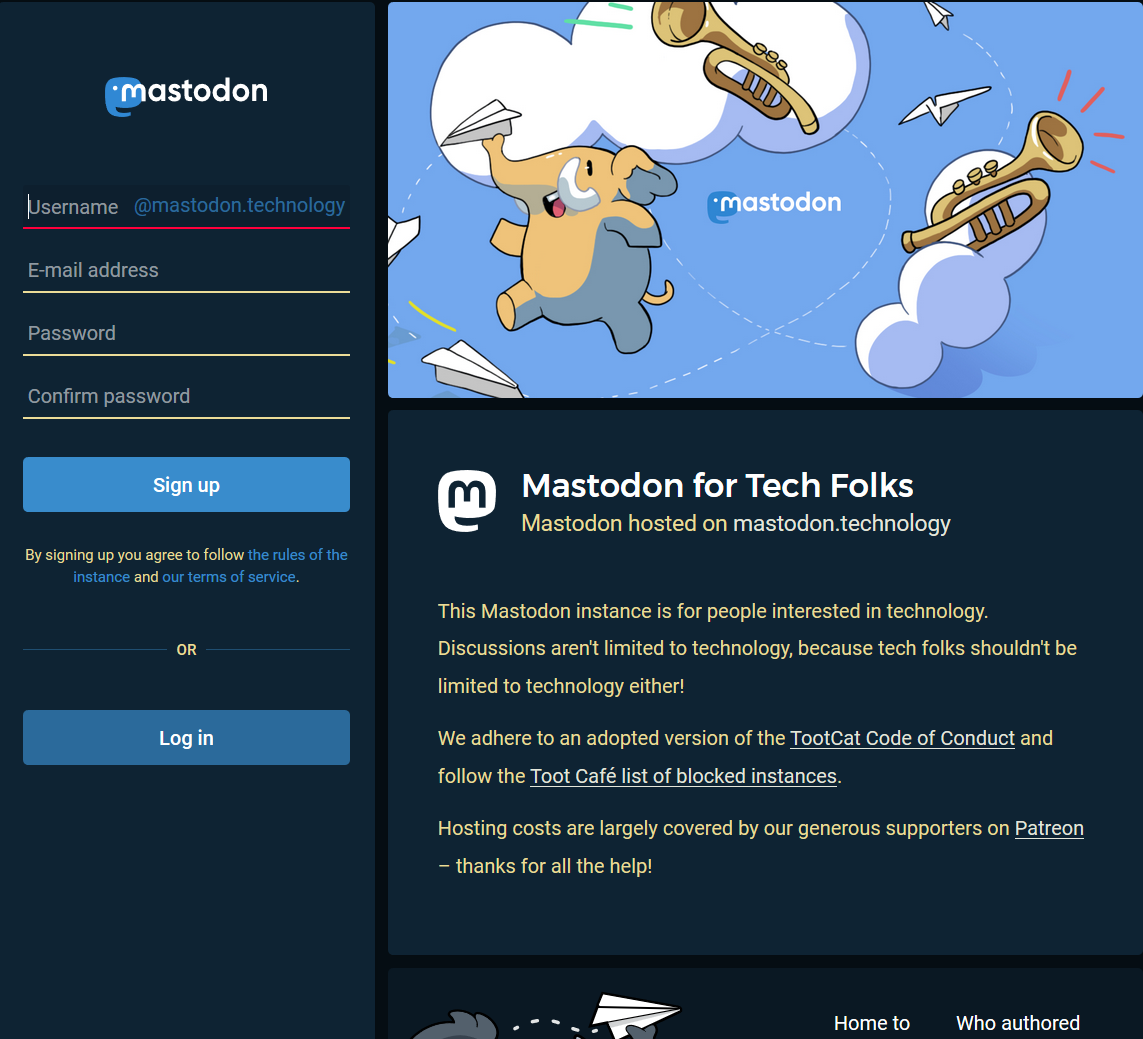
The Mastadon instance can be set up to show a chronological timeline of that instance (Local), or all instances that it knows about (Federated).
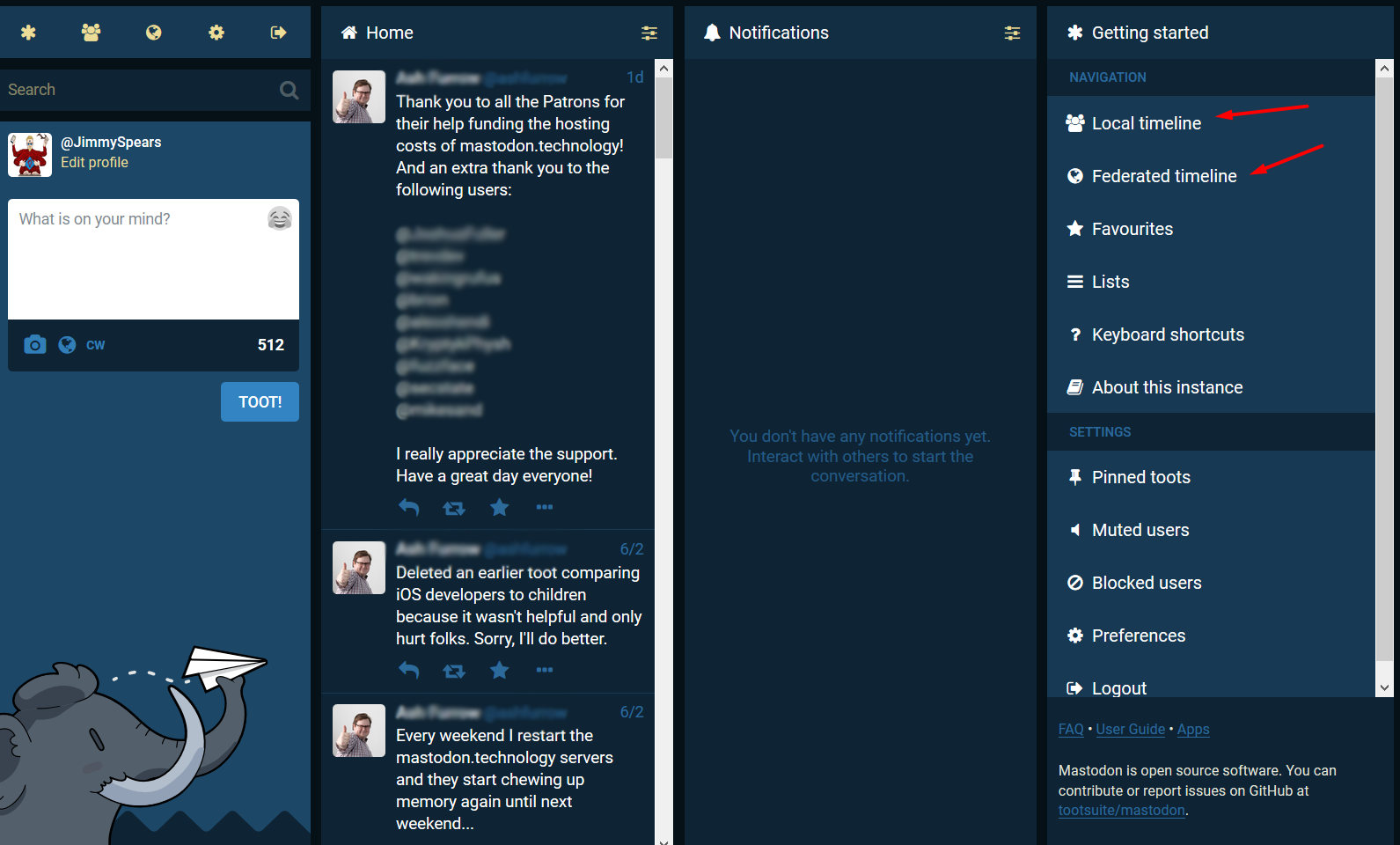
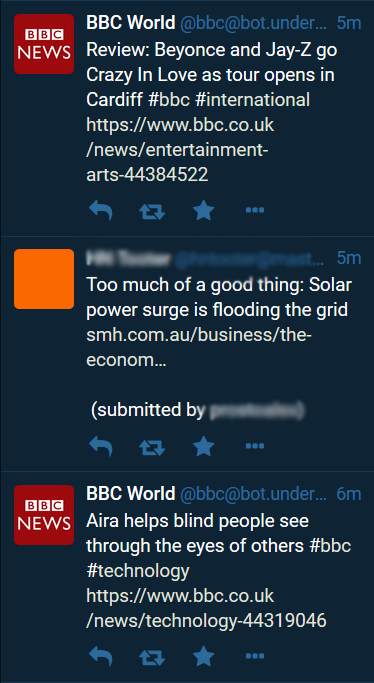
I sent a few Toots, but the data was not too exciting at this early stage. I plan to continue playing with it and I will share the results here.
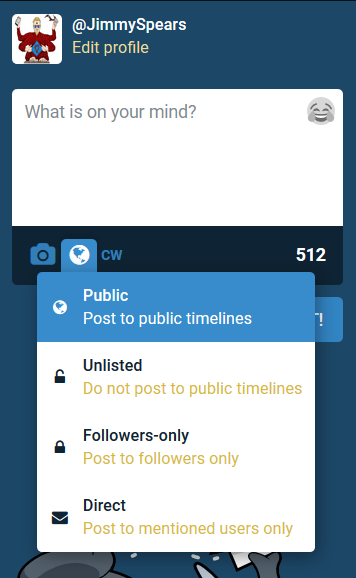
Mastadon gives you full control of who can see every #socialmedia post you make on the platform
Click To Tweet
That’s it for the month, thanks for reading! Next month I will bring some more data on Pinterest, along with some more insights into Mastadon.
The post What Is Mastadon? Social Media Case Study #7 appeared first on Revive Social.